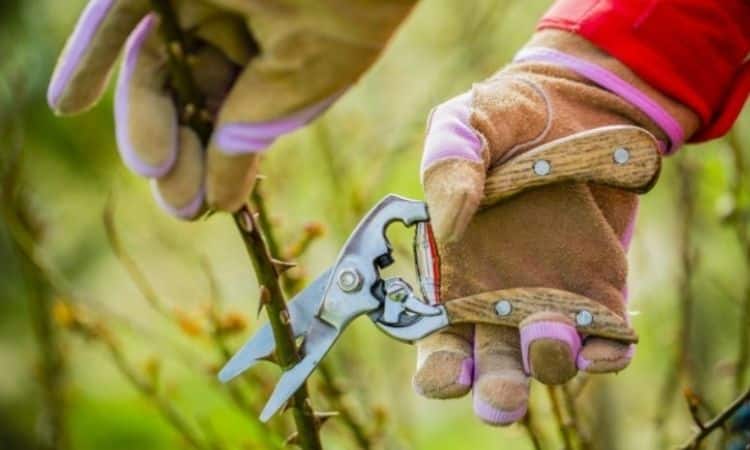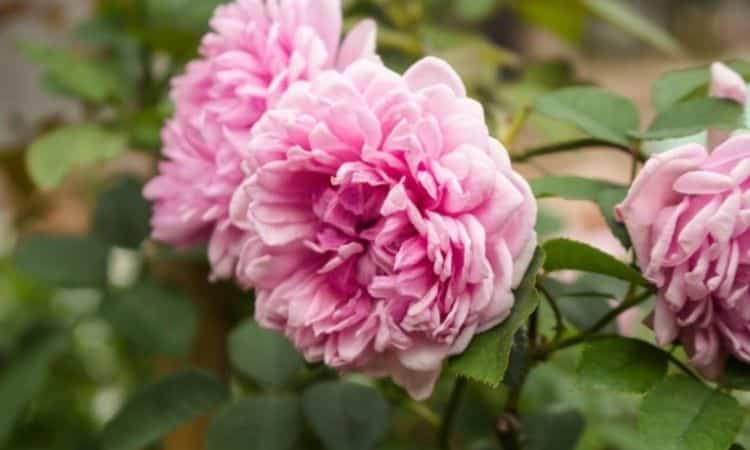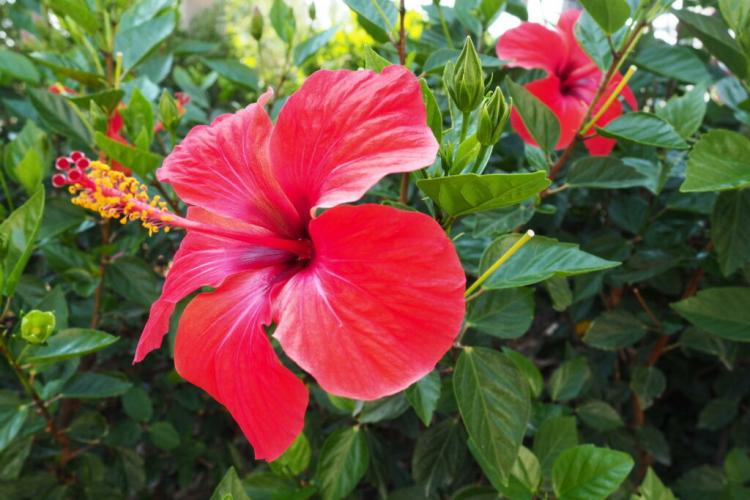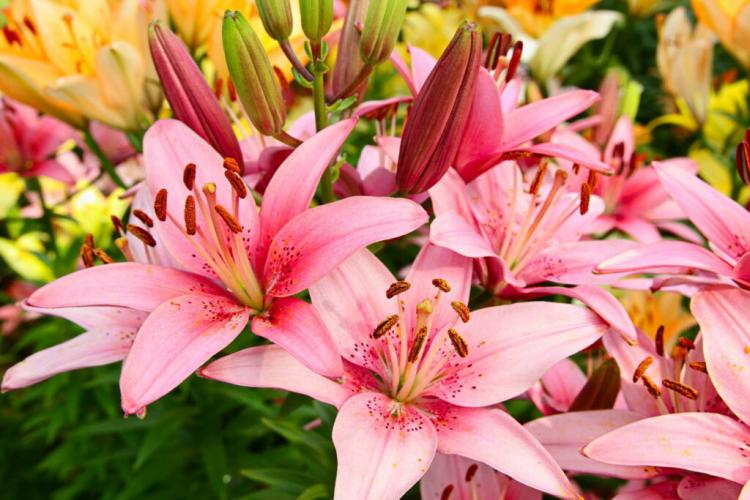Cabbage Rose (Rosa x centifolia): Tips For Cutting, Planting And Propagating
The cabbage rose belongs to the old rose varieties and is something very special. We present the most beautiful varieties and show what you should consider when planting and caring for Rosa x centifolia in pots and gardens.
The cabbage rose is one of the historical roses and has been cultivated in our gardens for a long time. Characteristic and name-giving are its mossy glands on the inflorescences, flower stems, and sepals.
Cabbage Rose: Origin And Properties
Table of Contents
The Cabbage Rose (Rosa x centifolia ‘muscosa’) is a European historical rose. It originated around 1700 as a mutation from various other centifolia – a group of roses with double (‘hundred-petalled’) flowers. The cabbage rose is particularly popular in farm gardens.
It grows as a vigorous large shrub and reaches growth heights of about 1.2 m to 2 m. Its growth width is about 0.7 to 1 m. Most cabbage rose varieties are single flowering. On their overhanging shoots, individual flowers bloom between June and July with an intensive, sweetish scent. The flowers of the cabbage rose are hemispherical and double.
They usually appear in different shades of pink, but there are also varieties with white or purple-red flowers. The green, slightly shiny leaves of the cabbage rose are alternate and have an elliptical shape. The fruiting, flower stems, and sepals of the cabbage rose are covered with fine glands.

Cabbage Rose varieties
In the course of time, new rose varieties have been bred again and again, which differ in the color of the flowers and also partly in the height of growth. In addition to the original pink rose, white, purple, violet, purple, or even multicolored varieties can be found.
Popular cabbage rose varieties are:
- Old Pink: Probably the oldest cabbage rose; pink, double flowers; very hardy; height: approx. 2 m.
- Alfred en Dalmas: Blossoms in white to creme rosa; intense fragrance; hardy; height: 1 – 1.5 m.
- Shailer’s White: White, densely double flowers; very strong fragrance; very hardy; height: approx. 1.5 m.
- Catherine en Württemberg: Large, strongly double pink to dark pink flowers; very hardy; height: approx. 1 m.
- Nuits en Young: Considered the darkest cabbage rose variety; black-red, double flowers; good fragrance; very hardy; height: 1 – 1.5 m.
- Madame Moreau: Multicolored variety with chimney-pink-white striped, double flowers; fragrant; very hardy; height: approx. 1.5 m.

Flower Cabbage Rose In Pot And Garden
Cabbage rose to prefer a sunny to semi-shady, airy location. The soil should be somewhat loamy and rich in humus. In heavy soils, some sand can be mixed in to increase the permeability. For very light soils, however, dung or compost should be added.
The rose can also be planted in a pot on the balcony or terrace. Peat-free organic potting soil is ideal for this purpose. In order to give the cabbage rose a good start in the vegetation phase, one or two doses of fertilizer should be applied in spring between March and April.
Ideally, you should choose a primarily organic fertilizer. This will reliably supply your roses with all the important nutrients. Work the fertilizer slightly into the upper layer of the soil to increase its effectiveness. After fertilizing, you should also water extensively.
Cut and care
If the cabbage rose has grown well in the garden and has established itself in its habitat, it only needs additional water supply if the drought persists.
Cabbage rose in pots, on the other hand, need to be watered more frequently due to faster evaporation. When watering, make sure that the foliage remains dry, otherwise the risk of fungal infestation increases.
Cabbage rose should be cut back between March and May. Firstly, dead wood must be removed. Cut dry, frozen wood close to the transition to healthy wood or, if necessary, at the base.

On the other hand, thin and diseased shoots must be removed. These otherwise rob the healthy and stronger shoots of the strength to blossom. Cut them off completely at the base of the plant or at their origin on a stronger shoot.
In addition, shoots that grow too densely should be thinned out. If the shoots are very close together, always remove the one with the weaker growth or the less favorable direction of growth. In this way, the air circulation in the rosebush can be improved, thus preventing rose diseases.
In addition to the annual basic pruning, dense or rotten shoots can be removed at the base if necessary. In our special article about cutting roses, you can read all the important steps again.
You might so like: Moss Rose: Tips For Cutting, Planting And Propagating
Cabbage Rose Multiply
Cabbage rose can be propagated in different ways. By vegetative propagation, for example, using cuttings, you create a “clone” whose characteristics correspond exactly to those of the mother plant. With generative propagation via seeds, the genetic material is mixed, making it difficult to predict the characteristics of the offspring.






